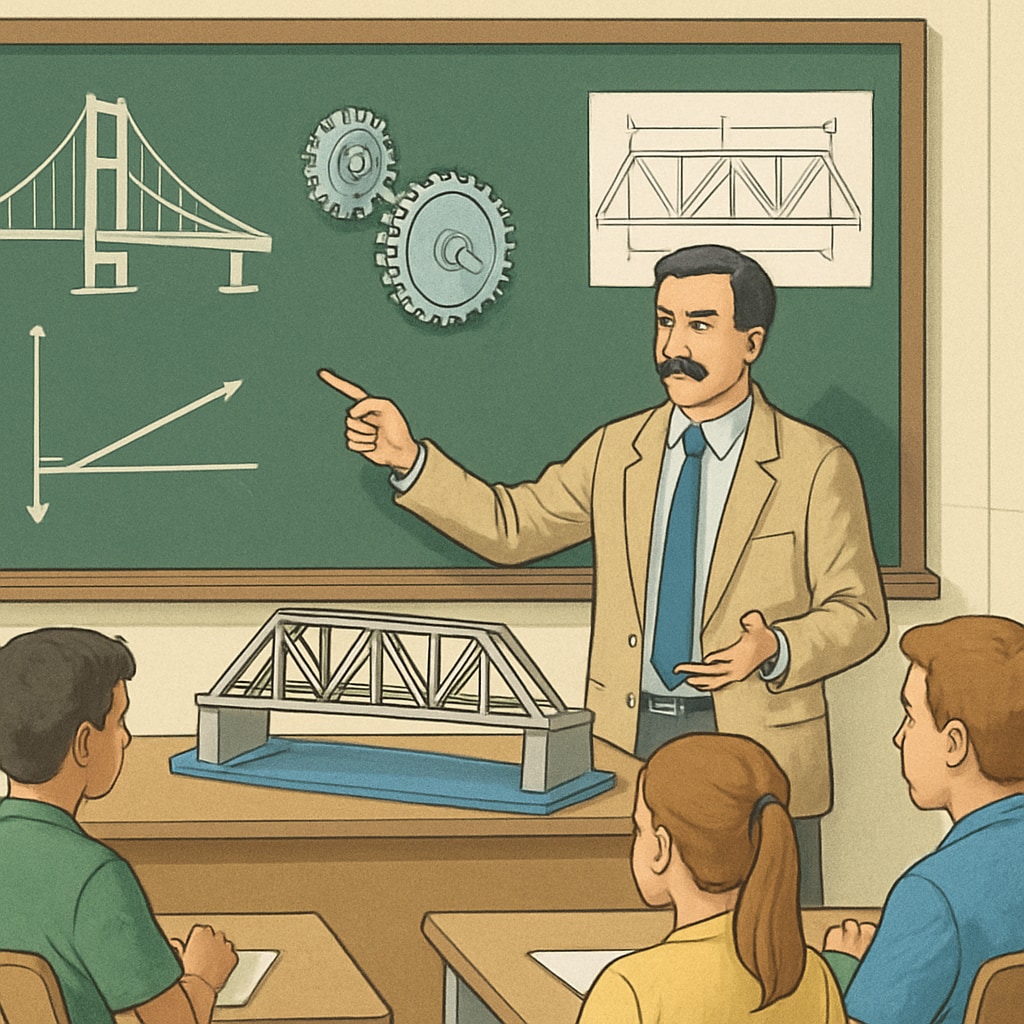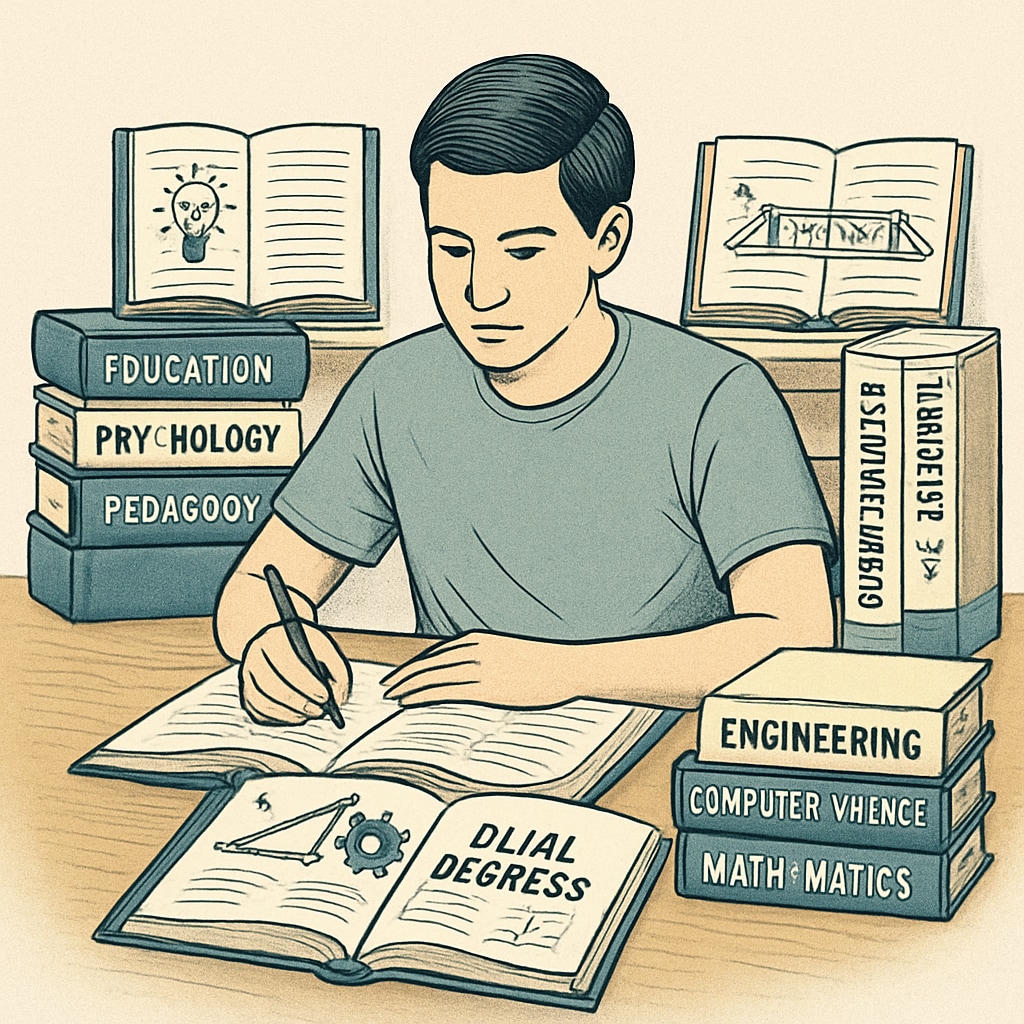Pursuing dual degrees in education and engineering can open doors to a unique set of career opportunities while fostering interdisciplinary skills. For students passionate about both teaching and technical problem-solving, this combination provides an excellent opportunity to bridge two distinct yet complementary fields. In this article, we will explore the feasibility of pursuing dual degrees in education and engineering, examine pathways to achieve this goal, and discuss the unique advantages and challenges associated with this interdisciplinary approach.
Why Choose Education and Engineering Dual Degrees?
Combining education and engineering degrees can create a versatile professional profile. On the one hand, an education degree equips students with teaching methodologies, curriculum design skills, and pedagogical expertise. On the other hand, an engineering degree provides a strong foundation in problem-solving, technical knowledge, and innovation.
This dual-degree approach is particularly valuable for roles such as STEM educators, instructional designers for technical subjects, or engineering consultants with a focus on training and development. For example, the increasing emphasis on STEM education worldwide has led to a demand for professionals who can teach complex engineering concepts in an accessible way. Additionally, this interdisciplinary knowledge can be leveraged in other fields, such as corporate training, technical writing, and educational technology development.

Pathways to Pursue Dual Degrees in Education and Engineering
Although pursuing dual degrees can be challenging, several pathways make this goal achievable. Here are some common approaches:
- Joint Degree Programs: Many universities offer joint or dual-degree programs that combine education and engineering disciplines. These programs are structured to minimize overlap and streamline the coursework.
- Simultaneous Enrollment: Students can enroll in two separate degree programs simultaneously, provided their institution allows this. This approach requires excellent time management skills and careful planning.
- Sequential Degrees: Pursuing one degree first and the second afterward is another option. For example, a student might complete an engineering degree and then pursue a master’s degree in education.
- Online and Hybrid Programs: Online education platforms offer flexibility for students to manage coursework in both fields concurrently. Platforms like Coursera or edX may provide supplemental learning opportunities.
Regardless of the chosen pathway, it is essential to consult academic advisors and review program requirements to ensure feasibility.

Career Advantages and Challenges
The combination of education and engineering expertise brings several unique advantages:
- Broader Career Opportunities: Graduates can pursue careers as STEM teachers, technical trainers, or educational technology developers.
- Interdisciplinary Skillset: Employers value candidates who have both technical knowledge and the ability to communicate complex ideas effectively.
- Impactful Work: Professionals with this dual-degree background can contribute to addressing the global STEM education gap.
However, there are challenges to consider:
- Time and Financial Commitment: Completing dual degrees requires significant time and resources.
- Balancing Workload: Managing coursework from two demanding fields can be overwhelming without proper planning.
- Specialization Risks: Graduates may face difficulty positioning themselves as specialists in either field, given the interdisciplinary nature of their background.
As a result, students must weigh the pros and cons carefully before committing to this path.
Final Thoughts: Is It Worth Pursuing Dual Degrees?
Pursuing dual degrees in education and engineering is not for everyone, but for those passionate about both fields, the rewards can be significant. This interdisciplinary approach equips individuals with a rare combination of skills that are highly sought after in industries ranging from education to technology. While the journey requires dedication and strategic planning, the potential to contribute meaningfully to STEM education and technical innovation makes it a worthwhile endeavor.
If you are considering this path, start by researching universities that offer dual-degree programs, consult academic advisors, and explore scholarship opportunities to ease financial burdens. With proper preparation and determination, education and engineering dual degrees can pave the way for a fulfilling, impactful career.
For further reading: Learn more about STEM education trends on Wikipedia or explore engineering career pathways on Britannica.


